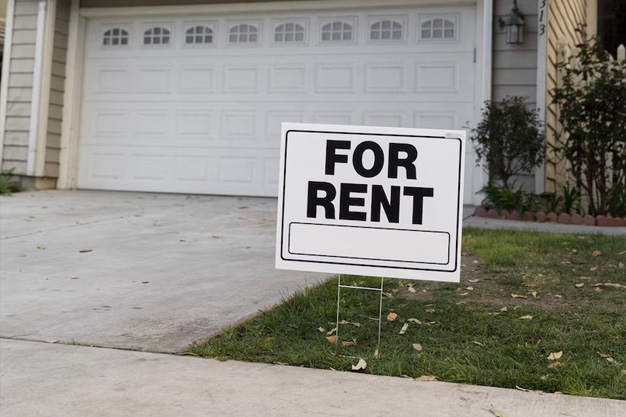
Average U.S. asking rents increased $5 to $1,709 in April, according to Yardi Matrix.
Multifamily rents increased for a second straight month in April, despite economic headwinds.
According to the latest Yardi Matrix Multifamily Report, U.S. asking rents saw a $5 increase last month
to $1,709, while year-over-year growth decelerated to 3.2% nationally, 80 basis points less than March.
The latest report shows that solid demand has kept rents rising this year; however, it’s been at a
slower rate than previous years. In addition, according to Yardi Matrix, early indications at the start of
spring confirm its annual forecast for moderate rent growth.
“Rent growth is broadly positive nationally, but regional differences are emerging,” stated the report.
“High-demand Sun Belt metros are feeling the impact of reduced affordability and robust deliveries,
while primary metros have less supply growth and some benefit from rebounding immigration."
Rent gains were positive year over year in most of Yardi Matrix’s top 30 metros, except for Las Vegas
and Phoenix. Indianapolis and Kansas City, Missouri, were the top performers, seeing increases of 7.7%
and 6.4%, respectively. New York, with a 6.2% increase; Boston with a 5.2% increase; and Chicago with a
5% increase round out the top five markets.
An indicator that demand is holding up, the national occupancy rate was unchanged in March at 95%.
Year over year, occupancy rates fell 100 basis points, with Las Vegas and Tampa, Florida seeing the
largest declines. According to the report, New York, with a 97.9% occupancy rate in March, was the only
metro without a decline compared with 2022.
Month over month, asking rent growth was seen in both the renter-by-necessity and luxury lifestyle
segments in April. Out of the top 30 metros, 22 recorded gains in renter-by-necessity rents and 20 in
lifestyle rents.
However, the report stated that a bifurcation between renter-by-necessity and luxury lifestyle rent
growth is developing, particularly in metros in the West and Southwest, which suggests that demand is
concentrated in more affordable products.
The single-family rental (SFR) sector also saw month-over-month gains in April. National asking rents
for single-family rentals increased last month by $6 to $2,089; however, year-over-year growth declined
by 60 basis points to 2.3%. Occupancy rates were flat in March at 95.5%.
“Single-family rents are growing modestly, while rents continue to decelerate year over year,” stated
the report. “Rents nationally have increased for three straight months and reached an all-time high of
$2,089 in April.”
The report also noted that build-to-rent single-family stock also reached a new high in 2022, with
home sales becoming more difficult due to rising rates and prices. Last year, 14,581 SFRs in communities
of 50 units or more were delivered, a 46.9% increase over 2021’s 9,928 SFR units.
“While it is early, 2023 volume is on track to match last year’s,” according to the report.
By, Christine Serlin editor for Affordable Housing Finance, Multifamily Executive, and Builder.
